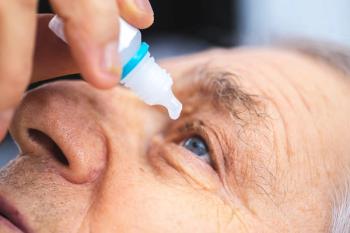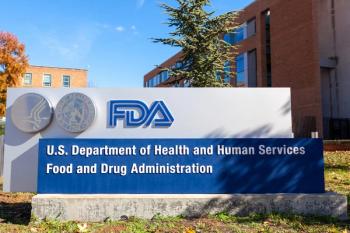
Practitioner by day, crimefighter by night
Since 1993, Dr. Weiberg, who practices optometry full time at The Eclectic Eye in Memphis, has patrolled the streets of Memphis as a volunteer officer.
Before attending optometry school, Michael Weinberg, OD, spent his summers as a park ranger at the Santa Monica Mountains National Recreation Area outside Los Angeles and the Assateague Island National Seashore, which borders Maryland and Virginia. He said his job responsibilities reflected the U.S. National Park Service's philosophy: "To protect people from the park, the park from the people, and people from the people."
But after his first year at the Southern College of Optometry in Memphis, TN, he really missed his park service days. He missed the people, the outdoors, and the adventures. But he didn't want to give up optometry school, so he compromised. During the day, Dr. Weinberg attended optometry school; at night, he attended a 6-month police academy program, and finally earned his badge as a reserve police officer in 1993.
Since then, Dr. Weinberg, who practices optometry full time at The Eclectic Eye in Memphis, has patrolled the streets of Memphis. As a volunteer officer, he typically spends between 24 to 40 hours after work each month enforcing the law, chasing crooks, and helping people in trouble.
"There's an old saying, 'Blood runs blue,'" he said, explaining that once a person works in law enforcement, it's really hard to quit. "I got hooked on it as a park ranger. It's one of those things that was always my dream."
Still, every time he puts on his badge and uniform, he knows his life could be in danger. So does his wife, who was not exactly thrilled by his career choice. But Dr. Weinberg is very pragmatic about his role, which offers him a unique perspective.
"I pointed out to my wife that when I was in the park service I was very isolated, in remote locations, with no back-up anywhere around me, versus being a Memphis [officer], where my back-up is 2 to 3 minutes away," he said.
"Crime happens everywhere. I was in just as much jeopardy in the park service as I am on the city's streets. The big difference is that I've got back-up now."
Newsletter
Want more insights like this? Subscribe to Optometry Times and get clinical pearls and practice tips delivered straight to your inbox.









































